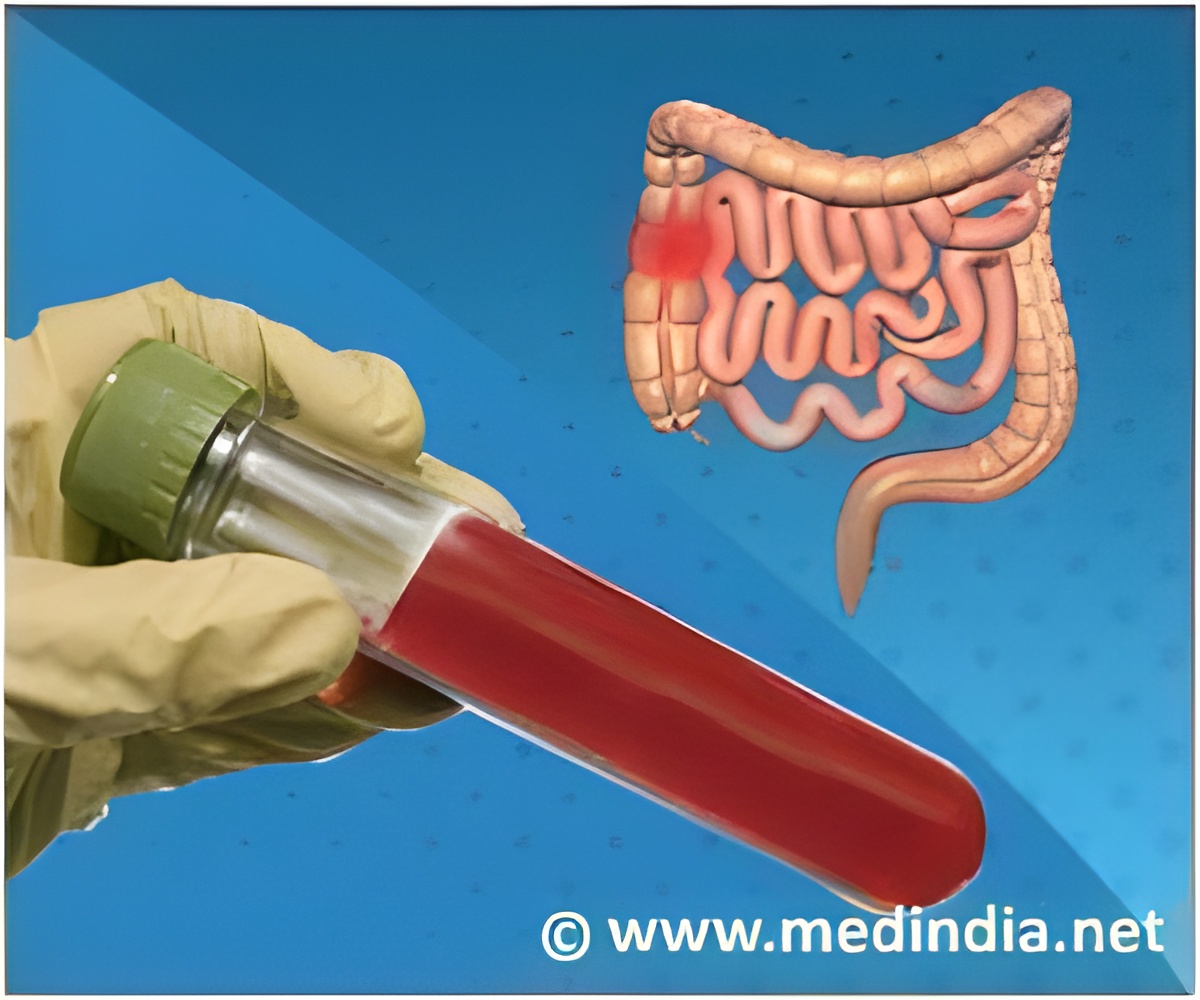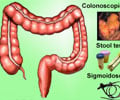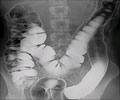
"The last frontier: innovative efforts to reduce colorectal cancer disparities among the remote Alaska Native population"
Among the Alaska Native (AN) population, cancer is the leading cause of death, and colorectal cancer (CRC) is the second leading cause of cancer death. For the period 2004 to 2008, the AN age-adjusted CRC mortality and incidence rates were about twice those of the U.S. white population. The AN population also has the highest CRC incidence of all Native American groups, with a CRC incidence that is nearly five times higher than that of American Indians living in the U.S. Indian Health Services Southwest Region. The reasons for these regional disparities are unclear; nonetheless, the morbidity and mortality of CRC can be reduced in all regions by population-based screening and surveillance programs that include endoscopy (colonoscopy and flexible sigmoidoscopy) and fecal occult blood tests. Screening can detect advanced neoplasia (polyps and cancer) and, in the case of endoscopy, can even prevent cancer by removing precancerous polyps.
This study describes pilot projects conducted from 2005 to 2010 to increase CRC screening rates among AN populations living in rural and remote Alaska. Projects included training rural mid-level providers in flexible sigmoidoscopy, provision of itinerant endoscopy services at rural tribal health facilities in which an endoscopist from the Alaska Native Medical Center travelled to remote areas of Alaska to conduct CRC screenings at three regional hospitals, the creation and use of a CRC first-degree relative database to identify and screen individuals at increased risk, and support and implementation of screening navigator services. Patient navigator services include guiding patients through the screening process, encouraging them to obtain screening appointments, calling patients to remind them about upcoming appointments, ensuring transportation plans and answering questions about exam bowel preparation as well as tracking screening results to ensure that appropriate follow-up after the exam was completed.
As a result of these ongoing efforts, statewide Alaska Native CRC screening rates increased from 29 percent in 2000 to 41 percent in 2005 before the initiation of these projects and increased to 55 percent in 2010. The provision of itinerant CRC screening clinics increased rural screening rates, as did outreach to average-risk and increased-risk (family history) ANs by patient navigators. However, health care system barriers were identified as major obstacles to screening completion, even in the presence of dedicated patient navigators. Researchers noted study limitations including continuing challenges such as geography, limited health system capacity, high staff turnover, and difficulty getting patients to screening appointments.
They concluded that the projects described aimed to increase CRC screening rates in an innovative and sustainable fashion and may provide insight for others working to increase screening rates among geographically dispersed and diverse populations.
Advertisement
"High colonoscopic prevalence of proximal colon serrated polyps in average-risk men and women"
Advertisement
The main outcome measurement was the prevalence of proximal serrated polyps found by the highest-level detectors and proximal serrated polyp detection rates corresponding to adenoma (precancerous polyps) detection rates of 25 percent in men and 15 percent in women, respectively. Researchers analyzed 6,681 procedures from the first database. Mean detection rates for adenomas and proximal serrated polyps were 38 percent and 13 percent respectively. There was a significant correlation between detection rates for adenomas and proximal serrated polyps for men and women. Adenoma detection rates of 25 percent for men and 15 percent for women both corresponded to a detection rate of 4.5 percent for proximal serrated polyps. The prevalence of proximal serrated polyps found by the highest-level detector was 18 percent. The corresponding rate derived from the high-definition screening colonoscopy database was 20 percent.
Researchers concluded that the prevalence of proximal colon serrated polyps in average-risk patients undergoing screening colonoscopy is higher than previously reported. An extrapolated proximal serrated polyp detection rate of five percent is suggested for average-risk men and women.
"Accuracy of in vivo optical diagnosis of colon polyp histology by narrow-band imaging in predicting colonoscopy surveillance intervals"
The American Society for Gastrointestinal Endoscopy (ASGE) recently developed thresholds for the performance characteristics of technologies for real-time assessment of histology of diminutive ( ≤ 5 mm) colon polyps. Narrow-band imaging (NBI) has been shown to predict polyp histology (structure or composition of tissue) with moderate to high accuracy in several studies. NBI uses a special filter during colonoscopy to illuminate tissue with light at specific wavelengths, which enhances underlying vasculature and produces the greatest contrast between the vessels and surrounding mucosa so that abnormal growths are visualized better.
The researchers' objective was to determine whether in vivo optical diagnosis of polyp histology by using NBI can reach the two benchmarks set forth by the ASGE. The study was a retrospective analysis of data from three prospective clinical trials at two tertiary referral centers of patients undergoing screening or surveillance colonoscopy. The main outcome measurement was the accuracy in predicting colonoscopy surveillance intervals, and the negative predictive value (NPV) for correctly diagnosing adenomatous (precancerous) histology in the rectosigmoid (part of the large intestine that includes the lower part of the sigmoid and the upper part of the rectum).
A total of 410 patients had at least one polyp seen and removed during colonoscopy. Using in vivo optical diagnosis (inside the colon during the procedure) instead of histopathology (removal of tissue followed by microscopic examination) for all diminutive polyps predicted the correct colonoscopy surveillance interval in 86 percent to 94 percent of patients. When optical diagnosis was limited to diminutive polyps in the rectosigmoid only, the NPV for diagnosing adenomatous histology with NBI correctly was 95 percent.
Researchers concluded that the threshold NPV for accurately diagnosing adenomatous histology in diminutive rectosigmoid polyps recently set forth by the ASGE can be achieved by using NBI. The threshold accuracy rate for predicting surveillance interval recommendations can also be reached by using only NBI, but only if patients with one to two small adenomas without advanced features have a repeat colonoscopy in 10 years.
Source-Eurekalert














